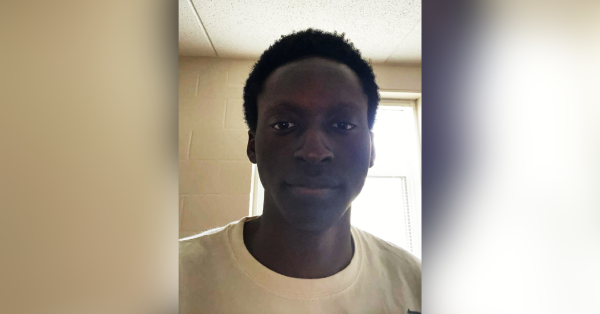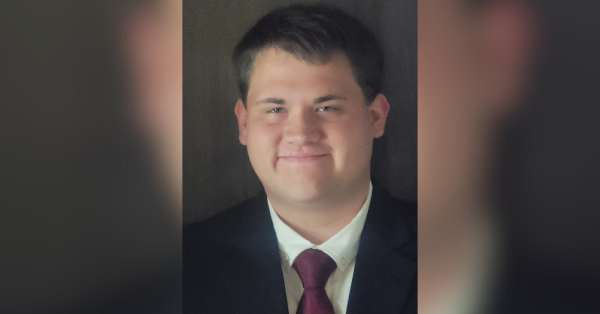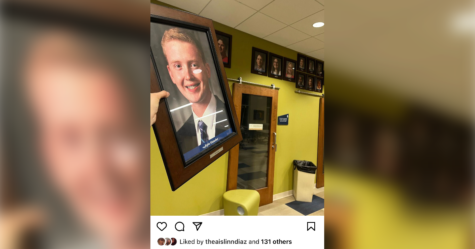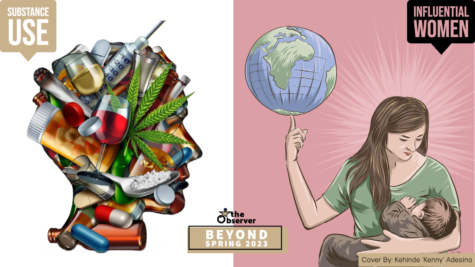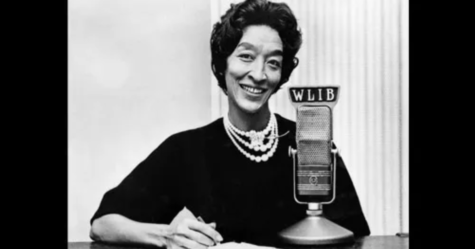A Niche Kind of Horror
Horror is a genre to which people are often drawn. Adrenaline from being terrified can be an enjoyable experience, to sit at the edge of one’s seat and wait in agony to see what will pop behind the door. Moviegoers writhe in disgust as they see gore on screen and fear what is going to happen next. But lately, the horror on screens has not quite been enough to satisfy—at least for some. It has relied too heavily on jump scares in order to get the job done. A lot of people do not remember the last horror film they watched that had been refreshing. The last genuinely terrifying horror film I remember watching which did not rely on jump scares was “Event Horizon.” But that film had been made in 1997, over 20 years ago. Video games also have not been able to please horror lovers. The last horror game that made me terrified was Silent Hill: PT; however, with its cancellation and Hideo Kojima’s leaving of Konami, the finished product will never be seen.
In order to produce a horrifying experience, one must ask: What is horror? What makes people terrified? Horror can come in all shapes and sizes. One famous manga artist, Junji Ito, has all different types of horror within his collections. In The Enigma of the Amigara Faul he tells a story of a rock face that exposes hundreds of human shaped holes. These human shaped holes have the same likeness of other humans and each of these humans are compelled to enter. Those that enter become disfigured and warped by the tunnel as they draw ever closer to the other side of the wall—yet they still remain alive.
What makes this horrifying? Is it the psychological fear in the deepest parts of the human mind that one also would be compelled to enter these same holes, should they occur. If one found a human hole that fit his or her image, would he or she enter through and be trapped in this clutch of death?
When horror is pictured, ghosts and demons crop up so often that they are the scariest of all creatures. On the other hand, some horror takes it a step further and makes these ghosts and demons a visage of oneself. Silent Hill 2 plays on this sense of horror by creating an experience in which one follows the journey of James Sunderland, who receives a letter from his late wife of three years to come to a town Silent Hill, only to realize that he murdered his wife only days prior to arriving at the town. Strangely enough the horror is not the story of the murder of his wife, but it is the way the Silent Hill warps itself to reflect the deepest part of his mind. Every human corpse you find in Silent Hill is of James Sunderland. Every monster is a reflection of his deepest desires and repressed memory. Audio queues of things follow, only for one to look behind and see that nothing is there.
There are many ways in which someone can terrify himself or herself. It would lack the adrenaline, but it would induce a sense of panic and fear. It would lack the conventional sense of being scared, but one would rush into a frenzied panic over what is being experienced: to rationalize thoughts aimlessly and try to make sense of the unknown world one is sent into. It is that fear which people should open their minds to and discover. Instead of finding which movie has the best jump scare, one should look and actively try to make things that dive deeper into the human psyche and make sense of humanity’s compulsiveness to seek fear and horror. Sequentially, and eventually, to feed off of it.
In Silent Hill: PT, players are asked an existential question: “Are you sure the real you is you?” I know that the only me is me, but how can you be so sure?







